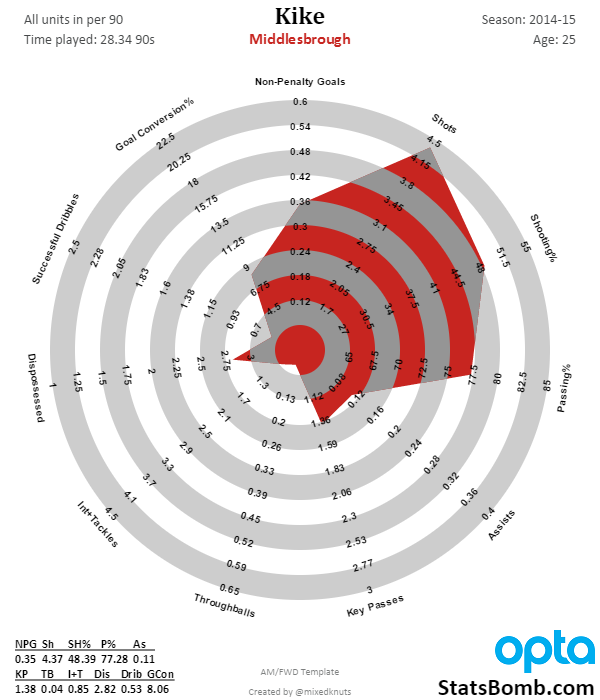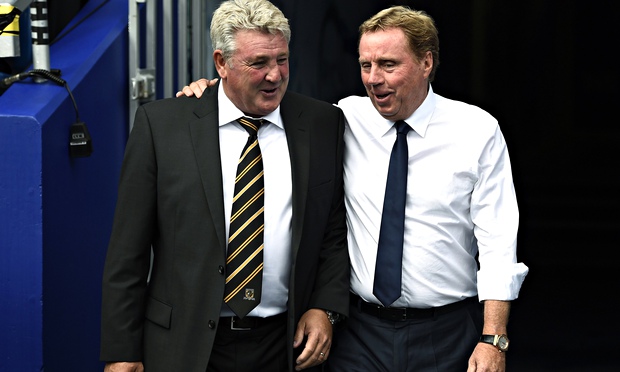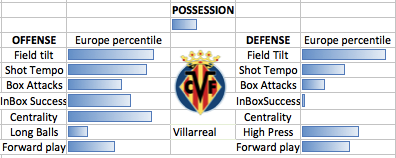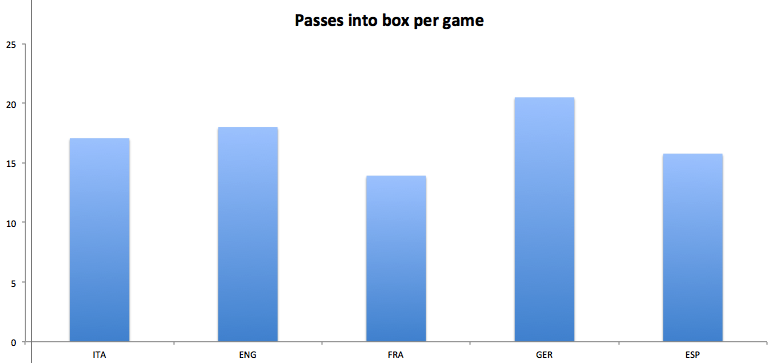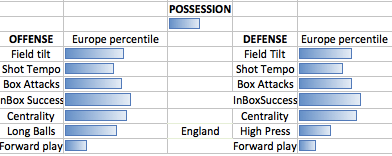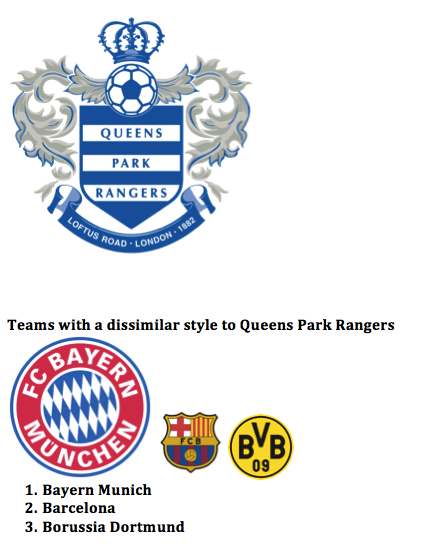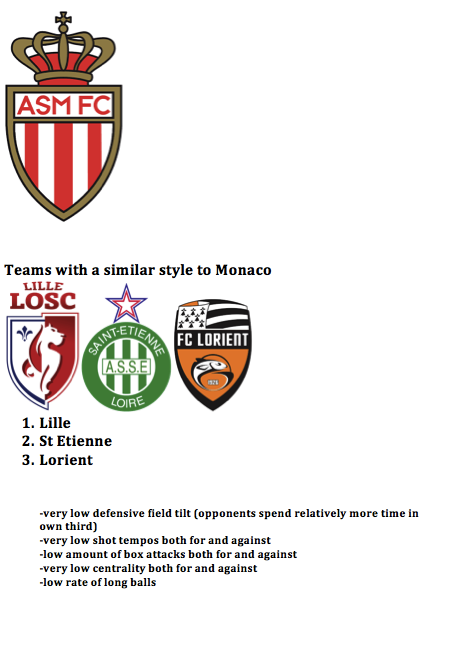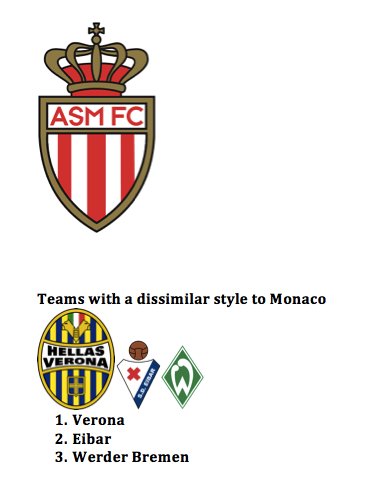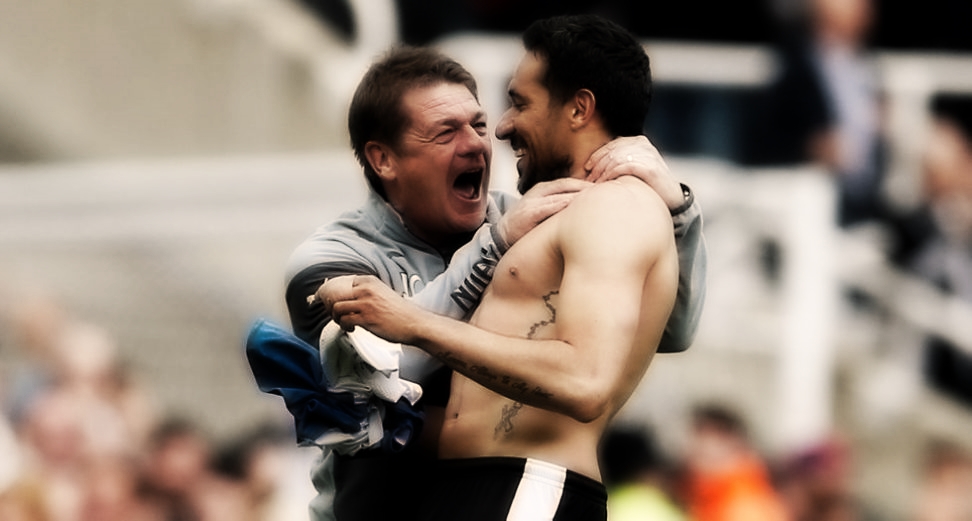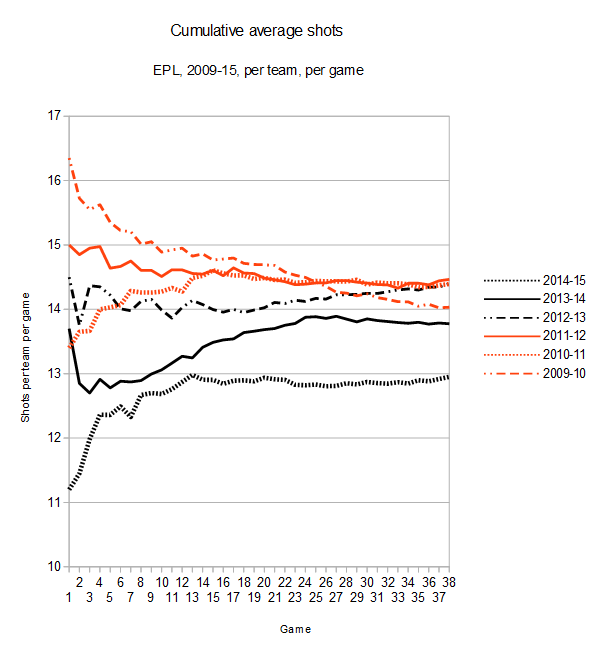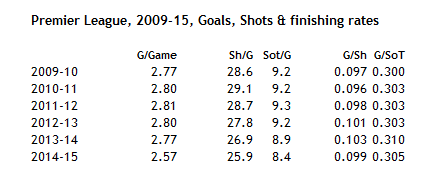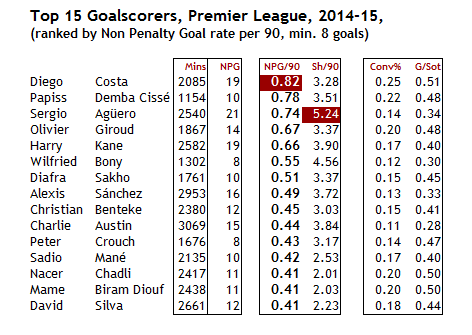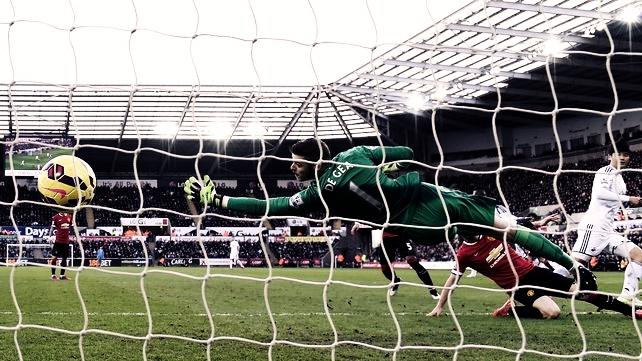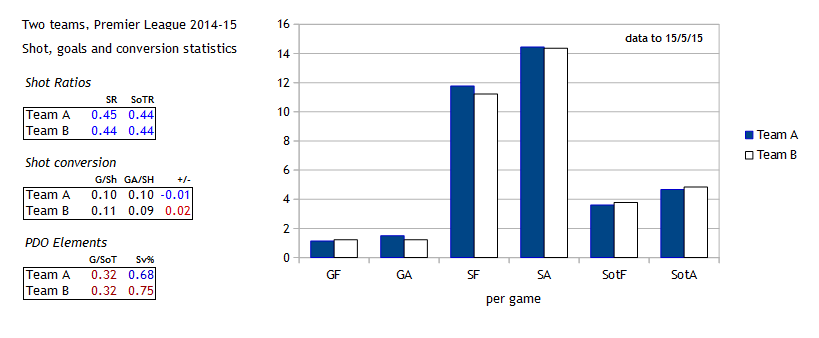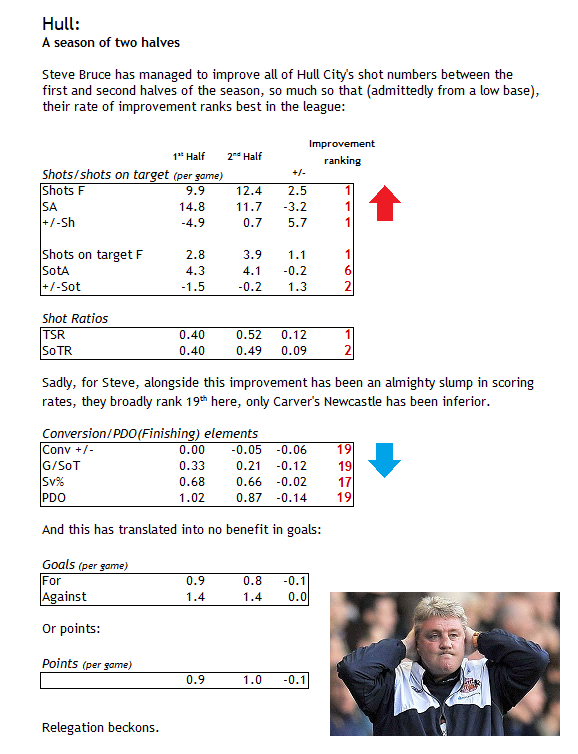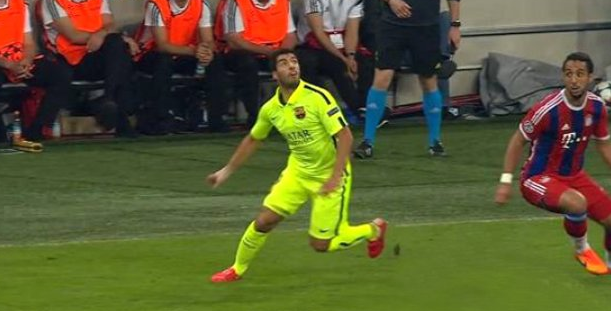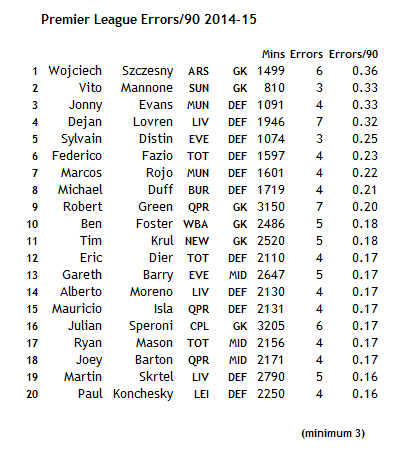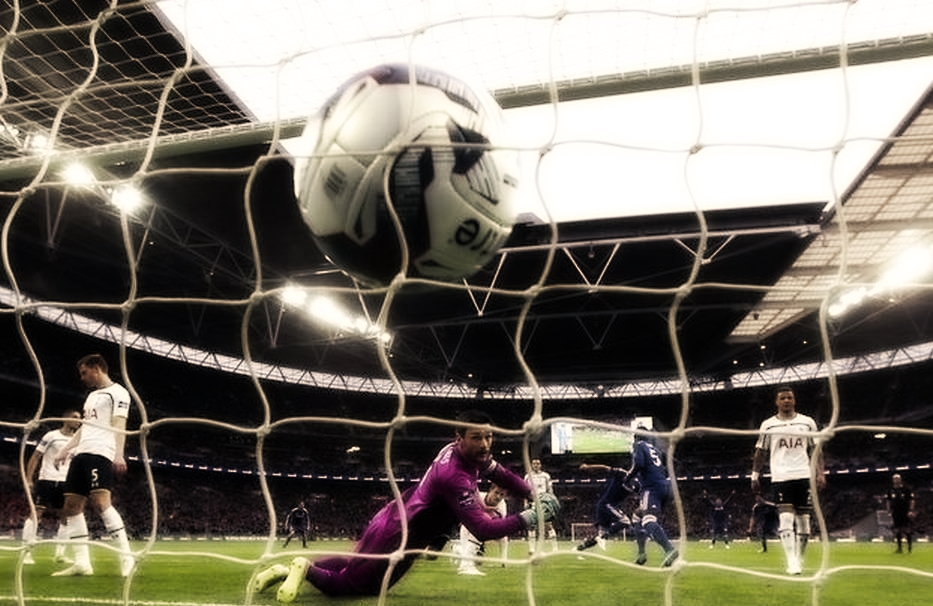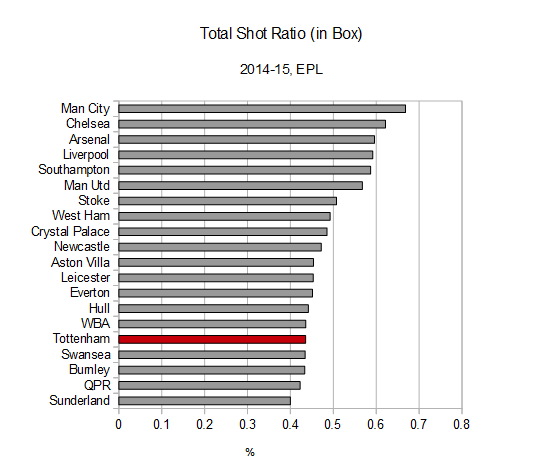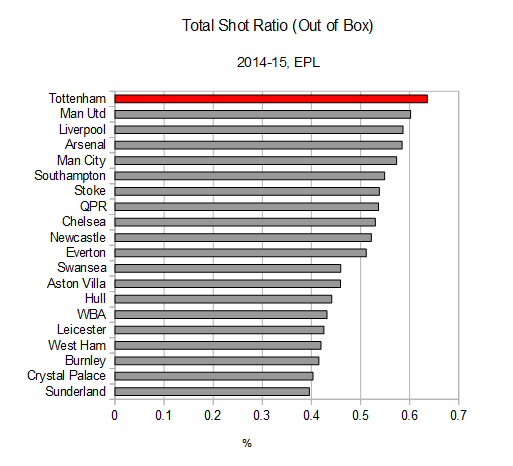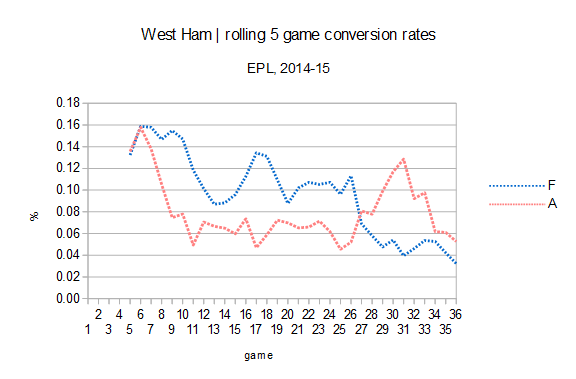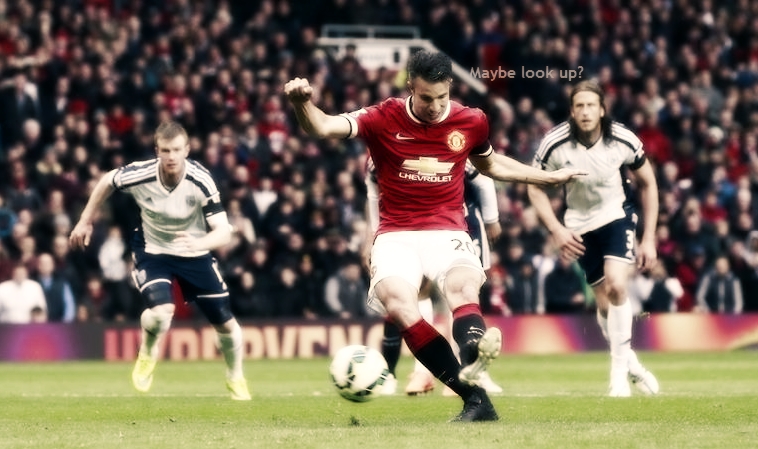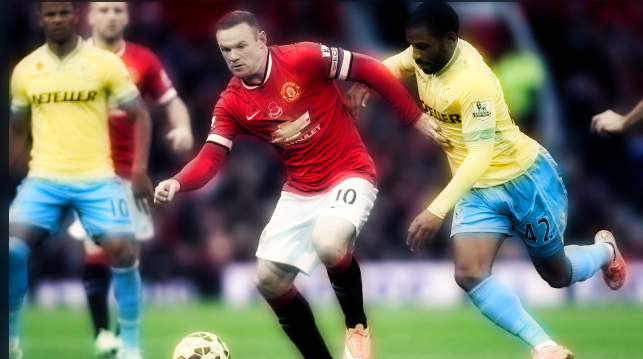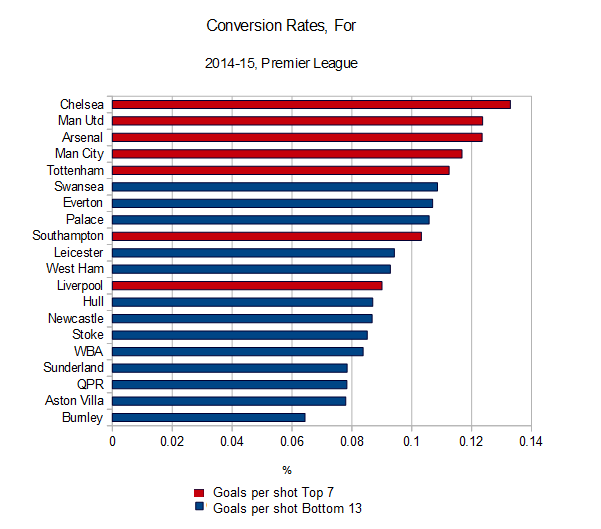With Middlesbrough cruelly confined to another year in the Championship, Patrick Bamford returning to parent club Chelsea and Jelle Vossen's prospects of returning to the club after the summer shrouded in doubt (#KeepJelleVossen), the club's forward line is looking a little light. In fact, this leaves Kike as the only established centre forward left in the squad. Having scored 10 league goals, there are question marks over his ability to lead the attack of a promotion-chasing side:
Safe to say Boro are up shit creek without a paddle. Our best striker now is Kike 😥 #average
— Tom Hoskins (@thomasehoskins) May 28, 2015
@Cmon_T_Boro Scott McDonald > Kike — Töm Griffiths (@Tomgriffo10) May 26, 2015
However, to what extent are these doubts legitimate? After all, Boro manager Aitor Karanka worked hard to persuade him to make the move from sunny Spain to perhaps-not-quite-as-sunny Teeside. Likewise his transfer fee, believed to be around 3 and a half million pounds, makes him a fairly heavy investment for a club like Middlesbrough.
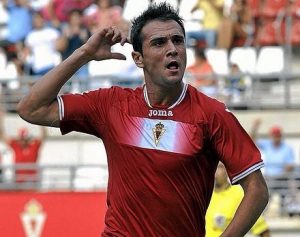
The numbers
Well, I have good news along with some kinda-maybe-bad news. The good news is that Kike's shot quantity numbers this season are awesome. Over the course of the season, Kike has been firing at a rate of 4.30 shots per 90 minutes played. For context, none of Ighalo, Deeney, Murphy or Rhodes shot above 3.64 per 90. Gestede, Nahki Wells and Brett Pitman came a little closer with 4.00, 3.99 and 3.93 shots per 90 respectively but still we can see that in terms of volume, Kike has had an excellent season.
However, as we can see on his radar, He is hampered by a low conversion rate despite getting roughly half his shots on target. That he is getting the shots on target suggests he is doing something right. In fact, conversion aside, he doesn't compare too badly to Bamford.
"Bah, that volume doesn't say much; those shots could be from anywhere. Darn evil number wizards..." I hear you say. Well, that's true; unless you're Charlie Adam, there generally isn't much value in shooting from your own half, for instance. Kike's conversion could be a product of poor shot selection. So, where has Kike been shooting from; can we separate the wheat from the chaff? Stealing Paul Riley's terminology, Kike has taken just over 50% of his shots from the 'wheat' shooting zones of the centre of the box (where 9 of his goals have come from). The 'chaff' being wide areas in the box and outside the box that are generally associated with lower and more irregular conversion.

This is significantly less impressive than the shot volume posted earlier and is lower than all of the forwards listed above besides Nahki Wells. Given teammates Jelle Vossen and Player of the Year Bamford took 63% and 49% of their shots from wheat areas respectively (NB: Bamford's figure includes games played on the wing which will be bringing the number down somewhat), it is possible that part of this is down to team effects.
So, great shot volume, but with numbers partially inflated by a higher proportion of poor-location shots than other top strikers (Caused by lack of pace? Or perhaps movement making space for others centrally?). Where does that leave us? Well, we can account somewhat for shot location with an expected goals (xG) metric. xG is a way of weighting shots based in their likelihood of resulting in a goal. Shots taken closer to the goal, for instance, are more likely to result in goals than those from range. My current model takes into account location, game-state and body part (headers are generally less likely to result in goals, for instance).
Using this, we can simulate Kike's shots to estimate the likelihood of scoring a given number of goals under league average finishing.
Unluc-Kike?
The model suggests that a league-average finisher would score more than Kike's haul of 10 more than 86% of the time given the same shots, with a most likely tally of 14. While it is difficult to draw too many conclusions based on just one season of data, xG over/under performance is generally not particularly repeatable. Pair this with the fact that he is getting his shots on target but not past the keeper suggests that we shouldn't expect the current conversion rate to continue throughout 2015/16. In other words, though his finishing in 14/15 has been poor, it is unlikely to remain so bad next year; given similar shots, we would expect Kike's goal total to improve.
(You'll notice I have stayed away from the word 'luck', despite a desire to get mileage out of the pun. Luck is a pretty loaded word which can mean different things to different people and so I have tried to keep things in terms of repeatability)
Past performance
One last thing we can look at is Kike's performance before Boro. (Unfortunately, I could only find goal numbers and not shots, so these numbers are lacking some context and perhaps ought to be taken with a pinch of salt).
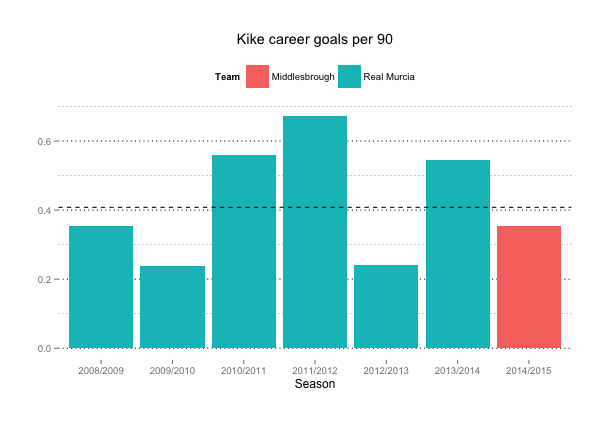
As we can see, Kike's goals tallies have fluctuated over the years with solid 10/11 and 13/14 totals alongside disappointing 09/10 and 12/13 seasons (though the 12/13 season comes with the potential caveat of coming back from a season-long injury). His 14/15 scoring rate is not far below his career average and it's quite possible he is a naturally low-scoring striker (the Championship's Giroud, anyone?). In 15/16, I would like to see Kike shoot less from the wide zones in the box and focus on getting shots centrally (though we have not established a cause for the lower proportion of 'wheat' shots). However, given the shots numbers posted through the most recent campaign along with the fact that he ought to be fully settled in next season, I think Boro fans ought to have faith in Kike firing as Boro's #9 in 2015/16.
Find me on twitter here: @stats_snakeoil

